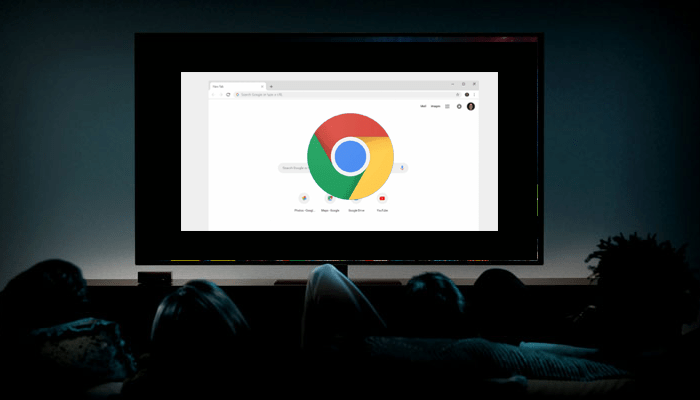
Windows 7 allows you to easily change your computer’s display language, if you’d like. The process varies a bit depending on the version of Windows 7 that you have installed, so this tutorial will walk you through the several ways to do so.
How To Change Language and Language Packs in Windows 7
Paste Control Panel/Clock, Language, and Region in the URL bar of Windows Explorer, and press Enter. Next, go to Change keyboards or other input methods, and click Install/Uninstall languages.
If you don’t have this option, go to the section If your version of Windows 7 is not Enterprise or Ultimate, and select your desired language. If the language that you want to install doesn’t appear, go to the section If your edition of Windows 7 is Enterprise or Ultimate or If your version of Windows 7 is not Enterprise or Ultimate .
Change Language in Windows 7 if your Version is Enterprise or Ultimate
N.B. This section also applies to those who have the Install/Uninstall Languages option</bold>.
Go to Froggie, and click the link for the language that you want to install:

Then, on the same page, click Download in the left column, and click Vistalizator:

Save the file, then run it. In the Vistalizator window, click the Add languages button, select the file of the language that you initially downloaded, and click Open:

Now, just follow the instructions to change the language of your operating system. If you are asked to confirm, do so only if you see a loading bar and the language you’ve chosen appears.
How To Change Language if your Version of Windows 7 is not Enterprise or Ultimate
N.B. This section also applies to those who don’t have the Install/Uninstall Languagesoption</bold>.
This method allows you to install the Install/uninstall languages option to be able to change the language of your Windows device.
Go to Froggie, and click the link for the language that you want to install. Save the file, then run it. A file named Ip.cab should be created.
Since your version of Windows 7 is not Enterprise or Ultimate, you don’t have the Install/uninstall languages option. Instead, paste Control Panel/Clock, Language, and Region in the URL bar of Windows Explorer, and press Enter > Change Keyboards or other input methods.
Now, you need to change a few parameters from the Windows console. To do this, head to the Start menu and, in the search bar, type cmd without pressing Enter. Press Shift + Ctrl + Enter to be recognized as Administrator. Then, type dism/online/add-package/packagepath: followed by the path to the Ip.cab file. (For example, D:\Put Windows 7 in Spanish\Ip.cab.)
Click the path that appears in the Windows Explorer URL box, and copy the address. Verify that it ends in \ Ip.cab. If it doesn’t, add it. A complete example would look something like dism/online/add-package/packagepath: D:\Put Windows 7 in Spanish\lp.cab.
Press the Enter key. Then wait, as the command may take a few minutes before a message appears announcing that it was executed successfully.
Next, type the command bcdedit/set{current}locale es-ES and press Enter. Then, type the command bcdboot%WinDir%/l is-ES, and press Enter. Close the Windows console, and restart the computer. Your Windows should now be in your chosen language.
Now, simply delete the old language’s key in the system registry. (To be safe, create a backup of the registry with the program Erunt.) To do so, go to the Start menu,type regedit in the search bar, and press Enter. Go to the key HKEY_LOCAL_MACHINE\SYSTEM\CurrentControlSet\Control\MUI\UILanguages\[LANGUAGE].
Double-check that the new language’s key is in, and delete the old one by right-clicking and selecting Delete. Do not delete it, however, if the new language’s key is not present. Now, close the Registry Editor. To finish, restart the PC.
If the pages or links don’t work, look in Google language packs and make sure that the Ip.cab file exists for the If your version of Windows 7 is not Enterprise or Ultimate method.







